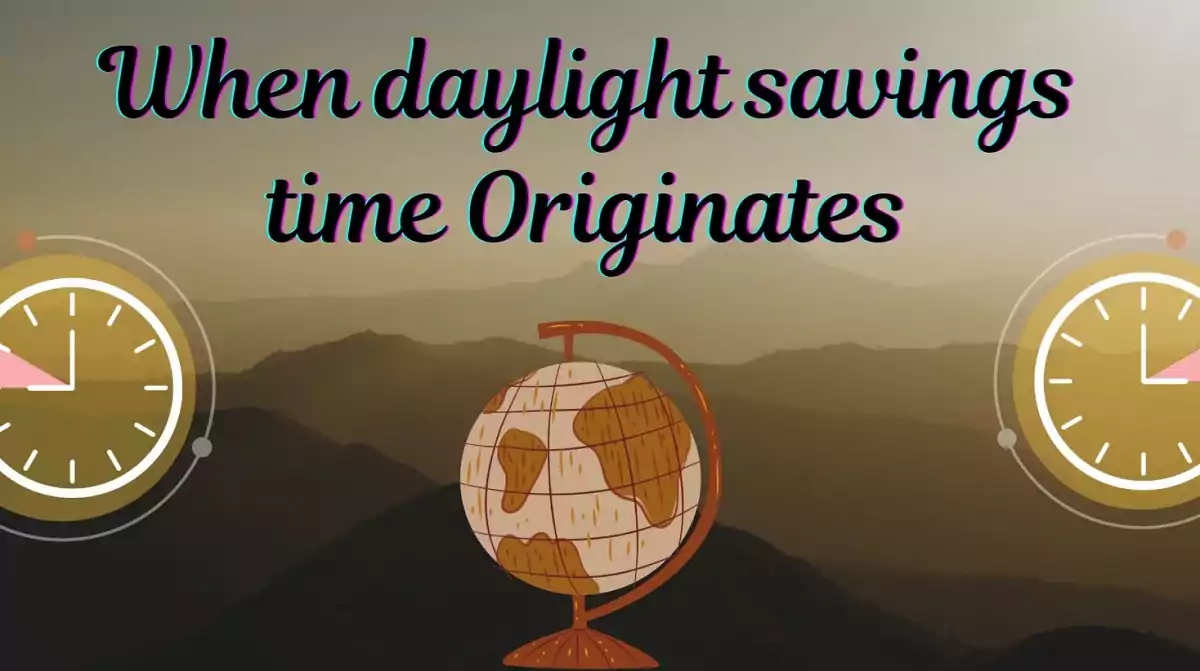When daylight savings time originates
Daylight Saving Time is the practice of moving the clocks forward one hour from Standard Time during the summer months and changing them back again in the fall. The main concept of Daylight Saving Time is that this allows us all to make better use of natural daylight moving the clocks forward one hour in the spring grants us more daylight during summer evenings while moving clocks back one hour in the fall grants us more daylight during winter mornings.
The idea was first proposed in 1784 by the American polymath Benjamin Franklin. Here, below you will get full information about Why was Daylight Saving was Created
History of When daylight savings time originates (DST)
There are several theories and misconceptions around there that surround the origins of daylight saving time. Benjamin Franklin invented the concept in his 1784 essay titled “An Economical Project,” when he suggested that Parisians improve their sleeping habits to save money on lamp oil and candles. Franklin’s suggestion to people was to wake up earlier rather than actually change the time.

Another well-known theory suggests that the agriculture industry came up with the idea to give farmers more daylight hours to spend working in the fields. But farmers have been vocal about wanting to scrap DST as it interferes with their routines, with most preferring to use seasons and the sun rather than a clock to establish their daily schedules. This is the story of When daylight savings time originates.
In 1895 British-born New Zealand entomologist George Hudson proposed changing clocks by two hours so that he could have more hours in the afternoon to collect insects. He presented his idea in a paper to the Wellington Philosophical Society and while his suggestion was initially met with doubt, it would eventually become modern-day DST.
